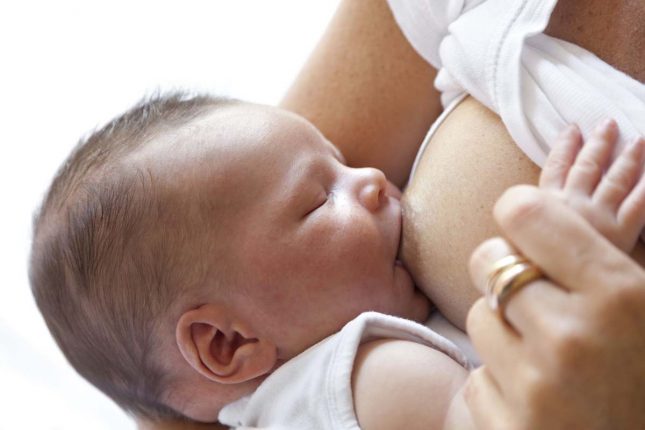In many societies, both here in New Zealand and around the world, children grow up surrounded by the sight of breastfeeding mothers. Breastfeeding is the most natural thing in the world, but it needs to be learnt and breastfeeding tips need to be taught. If we don’t see successful breastfeeding prior to giving birth, then pregnant women and their support people need to learn the principles in order to prevent problems and to make it a success.
So how do we know when baby is ready to breastfeed?
Here are the early cues that your baby is interested in feeding –
- Baby makes sucking movements with their mouth
- Baby wiggles their body
- If you touch baby’s face they’ll turn towards you and open their mouth – the rooting reflex
- Baby will put their hand to their mouth, they may also suckle on their hand
By the time baby is crying they’ll be distressed and it will be difficult to calm them enough so they can feed.
It’s vital to get comfortable in order to breast feed, as the feed may last anything from a few minutes to an hour and will happen many times each day. Most women feed sitting up, but lying on your side can also be comfortable and promotes rest while the mum is feeding.
Ensure you’ve been to the toilet recently and that you have a drink of water at hand.
If you have other children include them, invite them onto the sofa with a story and don’t attempt to potty train them while you’re establishing breast feeding with a newborn baby! They need to learn that you cannot interrupt your feed, right from the start!
Positioning baby skin to skin will facilitate their instinctive behaviour. So will the smell of the breastmilk, so a bit of expressed milk on the nipple will help to achieve an instinctive latch.
A good position has all of the following features –
- The whole of the baby’s body is facing the mother, chest to chest
- The head and neck are in alignment – the neck is not twisted. If baby is uncomfortable the feed will end prematurely.
- The head and shoulders are supported, but by supporting baby gently at the back of the shoulders, not the back of the head.
- The baby has one arm on either side of the breast – their body is symmetrical and in the midline
All positions can achieve these principles – practise with a doll
- Sitting, cradling baby
- Side lying with baby supported by the bed
- A rugby hold under the same arm as the breast you are feeding from
Remember chest-to-chest and nose-to-nipple to get the best latch for baby.
Cues of a good breastfeed
- Your baby’s chin is tucked firmly into the breast, the nose is free to allow breathing
- More areola (the brown area around the nipple) is visible above the nipple than below it
- Your baby’s mouth is wide open, with the lips flanged/curled outwards
- (Try sucking on the tip of your thumb and compare this with pushing your thumb to the back of your mouth then sucking it. Compare how different it feels.)
- Your baby will show deep jaw movements
- After initial quick sucking the sucking will become rhythmic
- Although the suck is deep and it may initially amaze the mother, it should not actually hurt.
- The nipple should immediately go back to its pre-feeding shape after the feed.
Cues of a satisfied baby who is getting enough
- Wet and dirty nappies
- Satisfied and content after most feeds
- Lips are moist showing baby is not dehydrated
- Sucking pattern is normal
- Initially suck – suck – suck, followed by suck – swallow- breath- suck – swallow – breath
When your baby has had enough they will stop feeding spontaneously, either looking alert and content or sleepy and full. If baby is searching, just offer the breast again.
Try burping baby at this point to ensure they don’t have wind in their gut.
Well done! A successful feed!
Some useful breastfeeding articles and resources
This article has information on the advantages and disadvantages of breast feeding and bottle feeding.
Expressing Your Milk gives invaluable advice about collecting and storing your breast milk for your baby.
Advice from the Ministry of Health NZ on breastfeeding.





